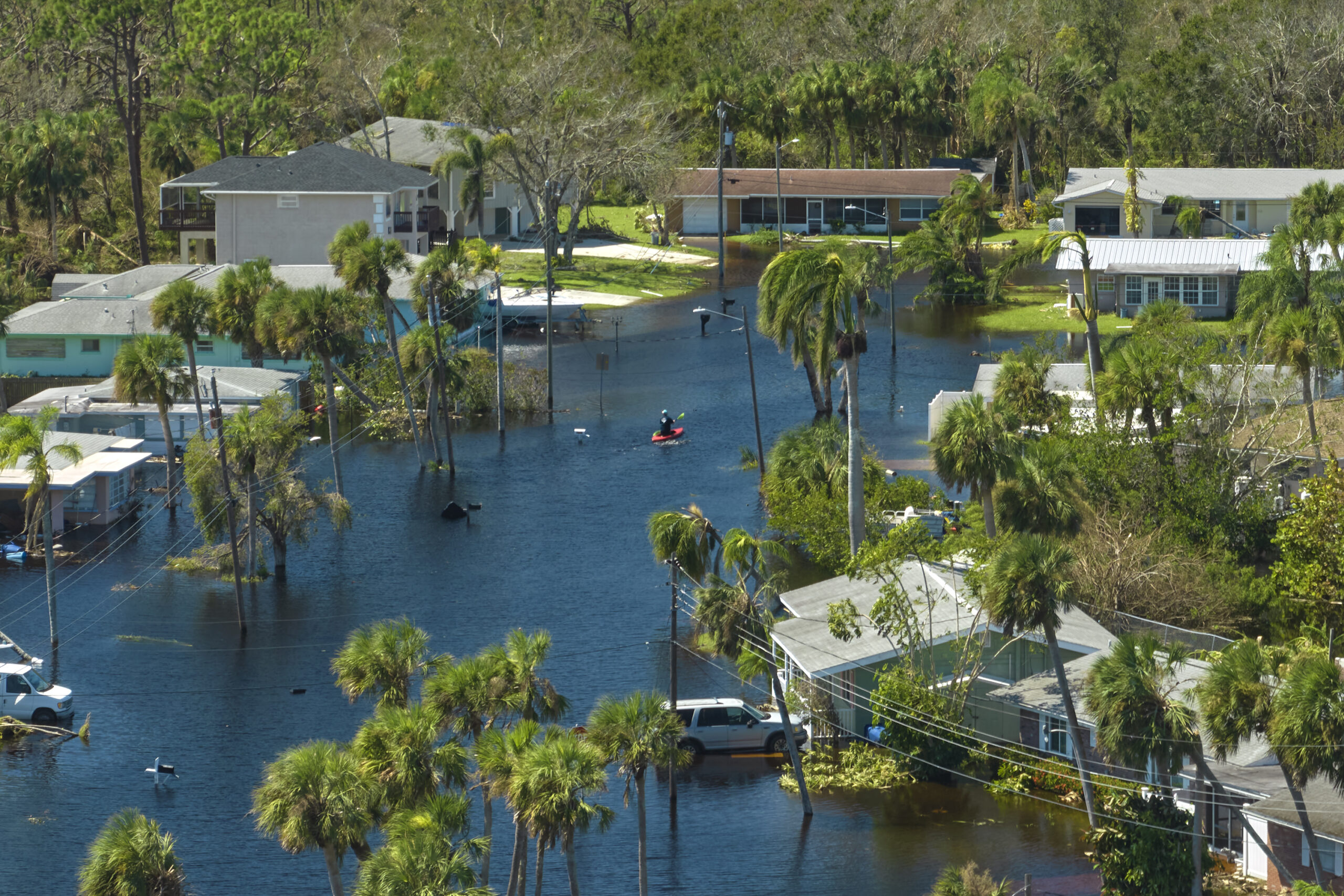Insurers and Governments Tackle Climate Change Impact on Housing Market in the Sun Belt

Insurance companies and state governments in the Sun Belt region of the United States are grappling with the challenges posed by climate change as they attempt to prepare for or prevent future disasters. The repercussions are being felt in the housing market, with significant disruptions already occurring.
The state government of Arizona recently faced the sobering realization that it lacks sufficient groundwater to support the approved housing construction around Phoenix, the country’s 10th most populous metropolitan area. Governor Katie Hobbs stated that while existing building permits would not be revoked, some construction would be curtailed to address the water needs of residents in already-permitted homes. This water shortage serves as a warning for other rapidly growing areas in the Southwest, where the arid climate is being further intensified by climate change.
However, the construction halt aimed at addressing the water scarcity issue could exacerbate housing prices in the region, which has already experienced some of the fastest increases in housing costs in recent years. Spencer Kamps, Vice President of Legislative Affairs for the Home Builders Association of Central Arizona, expressed concerns about the future challenges of housing affordability.
In addition to the water crisis, Arizona is one of the seven states reliant on the dwindling Colorado River for water supply. Although Arizona, California, and Nevada recently reached an agreement to reduce their water usage from the iconic river, experts argue that it will not be enough to mitigate the ongoing water shortage.
Insurance companies are also feeling the impact of climate change. State Farm, a major insurance provider, announced that it would cease selling new homeowners insurance policies in California due to soaring construction costs, increased exposure to catastrophes, and a challenging reinsurance market. The reference to “growing catastrophe exposure” partially pertains to the escalating severity of wildfires in California. The state has witnessed 18 of its 20 largest wildfires in history since 2000, primarily due to a prolonged megadrought spanning 22 years and intensifying heatwaves.
Reinsurance companies, which offer coverage to insurers to ensure their ability to cover claims following disasters like wildfires and floods, are also raising rates due to the rising frequency of natural disasters linked to climate change.
Florida is grappling with its own set of challenges as homeowners report doubled insurance premiums within a year. Some insurers are even threatening to drop policyholders unless they make costly alterations to their homes, such as installing hurricane-resistant roofing. Others are completely withdrawing from the Florida market. The combination of increasing water evaporation and extreme weather patterns caused by climate change is resulting in more frequent and severe droughts, storms, wildfires, and even unexpected winter weather events in the South.
The economic toll of climate-related disasters is staggering. In 2021, the United States experienced 20 climate-related natural disasters that caused over $1 billion in damages, affecting 10% of homes and resulting in nearly $57 billion worth of property damage. Globally, extreme weather events caused an estimated $260 billion in damage during the first 11 months of the previous year.
Insurers are responding to these escalating risks by making decisions driven by climate risk like never before. Higher premiums, increased reserves, and more reinsurance are all necessary to handle catastrophic losses. Consequently, policyholders are bearing the burden of these costs in the form of higher premiums.
In conclusion, the effects of climate change on the Sun Belt region’s housing market are becoming increasingly evident. As insurers and governments grapple with the challenges posed by water scarcity, wildfires, and other extreme weather events, homeowners are facing higher premiums, disruptions in insurance coverage, and increased financial burdens. These circumstances serve as a stark reminder of the urgent need for comprehensive strategies to address and mitigate the impacts of climate change on both the environment and the economy.
